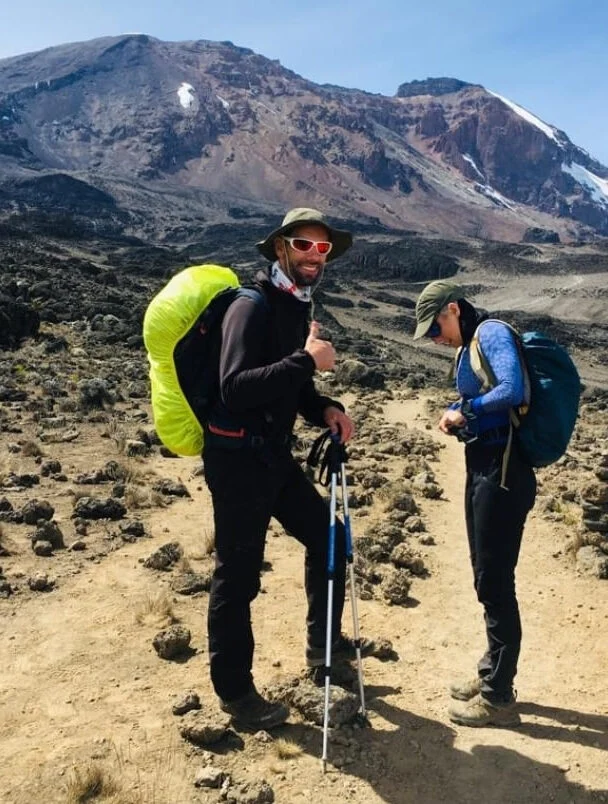Gear & What to Wear at Uhuru Peak
Choosing what to wear at Uhuru peak is crucial for keeping you warm and at the same time ensuring your survival near the summit because temperatures vary and the higher you climb, the cooler it becomes. That being said, the recommended clothing is a lot of thin layers. Such clothing is easier to adjust as the temperature changes and layering more thin clothing is more effective than a few thick clothes. Special attention should be made to the fabric of base and middle layers; these garments should be constructed of moisture-wicking material that effectively pull sweat away from the body to keep you dry. Cotton is a very poor fabric for trekking and should not be worn.Temperatures at the summit can range from 20 to -20 degrees Fahrenheit (-7 to -29 degrees Celsius), with potential wind chill making it feel even colder. Wind and snow are also possible, necessitating proper clothing to prevent hypothermia and ensure comfort. You can also download this gear list in PDF form

Keeping Warm at the Summit
Research suggests that wearing multiple layers is crucial for warmth, with the layering system being the most effective strategy. It seems likely that climbers need to prepare for a wide temperature range, given the climb passes through five climate zones, from warm rainforests to the icy summit zone. The evidence leans toward including moisture-wicking fabrics and waterproof, insulated gear, especially for summit day, to manage sweat and protect against the elements.
Understanding the Layering System
The layering system is essential for regulating body temperature during the climb, particularly on summit day. It consists of three main layers, each serving a specific purpose:
Base Layer: Worn next to the skin, this layer wicks moisture away to keep you dry and prevent chilling. Materials like merino wool or synthetic fabrics, such as those from Smartwool or Icebreaker, are recommended for their moisture-wicking properties. For summit day, you might wear a long-sleeve thermal top and thermal leggings, ensuring they are tested beforehand to avoid discomfort.
Mid Layer: This layer provides insulation to retain body heat. Common choices include fleece jackets, softshell jackets, or down vests. For summit day, a Polartec 200 fleece or a down jacket is ideal, offering warmth without excessive bulk. We recommend mid-weight fleece for colder stretches, noting its use over the base layer for insulation.
Outer Layer: Also known as the shell layer, this protects against wind, rain, and snow. It should be waterproof, windproof, and breathable, such as a Gore-Tex jacket and pants. This layer is crucial on summit day to shield against wind chill and precipitation, emphasizing a waterproof shell and pants for stopping rain, snow, and wind.
The layering system allows climbers to add or remove layers based on activity level and weather, ensuring comfort and energy conservation. For example, during the ascent, you might remove a layer if you get too warm, but on summit day, you’ll likely wear all layers to combat the cold.
Or